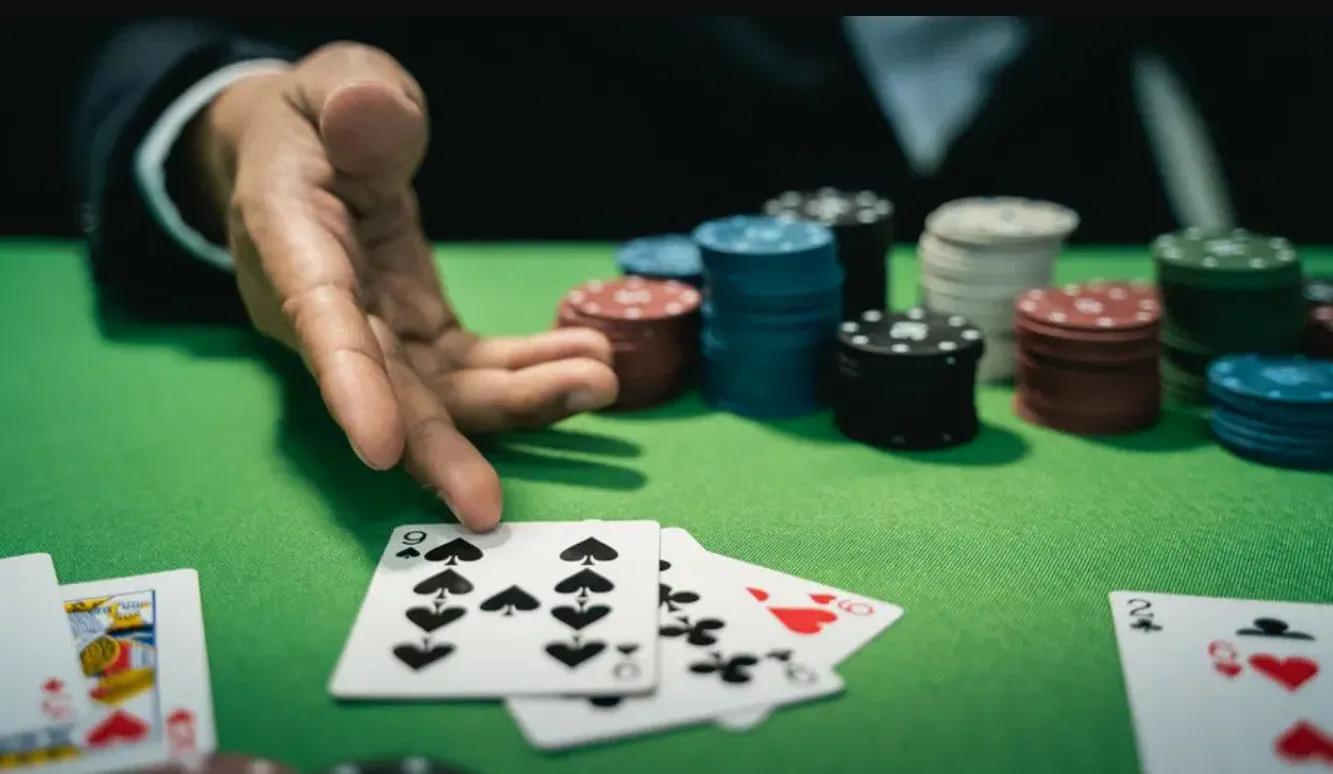Poker rewards aggression. Players who take the initiative control the size of the pot, force opponents into difficult decisions, and apply pressure when it matters. Passive players do the opposite. They check and call instead of betting and raising. They also fold too often when they miss the flop. This style limits their ability to win sizable pots and makes them easier to exploit.
Loose-passive players enter too many hands but play them passively. This leads to frequent but small losses. Tight-passive players play fewer hands but give up when they miss the board. That type of play makes them predictable. Neither approach generates long-term profit in a game where deception and well-timed aggression dictate success.
When Calling Too Much Becomes a Problem
Passive players in texas holdem poker often fall into the habit of calling too frequently. This makes them an easy target. A player who rarely raises allows aggressive opponents to dictate the pace of the hand by forcing them into tough situations where they either fold or continue to call with a weak holding. This predictability results in them losing chips over time against players who can take advantage of unchecked aggression.
Tight-passive players are even easier to read since they often only call when holding a strong hand. It’s usually a sign to get out of the way if they suddenly show aggression. Meanwhile, loose-passive players stay in too many pots. They lose money trying to chase hands that rarely materialize against opponents who consistently apply pressure.
Statistical Disadvantage
Data from millions of hands at low stakes shows that passive strategies rarely lead to profit. A study of 4.4 million microstakes hands found that fewer than 8.6% of players won more than a single buy-in. The top 5% of players controlled 66% of all money wagered. Passive players contribute to this imbalance by their unwillingness to apply pressure.
Poker is less about waiting for strong cards than leveraging position, bet sizing, and reads on opponents since the best hand wins only 12% of the time. Passive players fail in these areas by allowing aggressive opponents to dictate the action. Even in multi-table tournaments, passive play often results in players getting blinded out or eliminated early.
Predictability and Betting Patterns
A tight-passive player follows simple rules. They enter only when they have a strong starting hand and fold if the board doesn’t help them. This makes them easy to spot and avoid when they do show aggression. On the other hand, a loose-passive player plays too many hands but refuses to bet or raise. Instead, they check or call and hope to get lucky. Both styles lack the key component of deception.
Their betting patterns make them even easier to exploit. Common tells include:
- Check/Fold Post-Flop: A tight-passive player enters the pot, checks the flop, and folds to a continuation bet.
- Check/Call, Small Bet on Turn: A loose-passive player bets small on the turn to see a cheap river with a weak hand.
Aggressive players recognize these patterns and adjust. A passive opponent suddenly betting big is likely to have a monster hand. They might be on a weak draw or second-best pair if they check and call multiple streets. These habits make them prime targets for value betting and selective bluffs.
How Aggressive Players Exploit Passive Tendencies
Aggressive players thrive against passive competition by forcing passive opponents into uncomfortable positions. Loose-passive players call too frequently. This provides an easy source of profit for those willing to bluff and value bet effectively. Tight-passive players fold too often and allow aggressive players to steal pots with minimal resistance.
A few common tactics aggressive players use:
- Targeting Frequent Callers: Value betting with strong but vulnerable hands (like top pair with a good kicker) is profitable if an opponent often calls but rarely raises.
- Bluffing Against Tight-Passive Players: Frequently, bluffs can take down uncontested pots if an opponent only continues with strong hands.
- Applying Pressure Post-Flop: Passive players struggle under aggression. This makes turn and river bets highly effective against them.
- Polarizing Ranges: Against passive players, using a polarized betting strategy creates confusion and forces mistakes. They often fail to distinguish between value hands and bluffs.
The Online Poker Factor
Online poker accelerates the game. It requires quick decisions and mental adjustments. The fast pace causes passive tendencies to become even more costly. Loose-passive players fail to adjust. They continue to play with weak hands and call too often. Tight-passive players become even more exploitable since their unwillingness to adapt makes them prime targets for seasoned opponents.
Online games at lower stakes, where passive play is more common, provide ideal conditions for aggressive players to extract maximum value. Sites like PokerStars and GGPoker host cash games with players relying on cautious strategies. These environments highlight the weaknesses of passive poker and reinforce why they are the most profitable opponents to target.
Additionally, heads-up displays (HUDs) used in online poker make it easier to track passive tendencies. Stats like VPIP (Voluntarily Put Money in Pot) and PFR (Preflop Raise) allow aggressive players to label and exploit passivity in real-time.
Conclusion: Targeting Passive Players Pays Off
While aggressive players pose unique challenges, passive opponents consistently offer greater profitability. Their predictable betting patterns, reluctance to apply pressure, and susceptibility to value bets and bluffs make them prime targets in both live and online Texas Hold’em poker. By recognizing passive behavior—whether tight or loose—and adjusting your game plan accordingly, you can turn their weaknesses into your long-term advantage. These players may not go broke in a single session, but their consistent leaks provide steady profit opportunities for those disciplined enough to exploit them.














